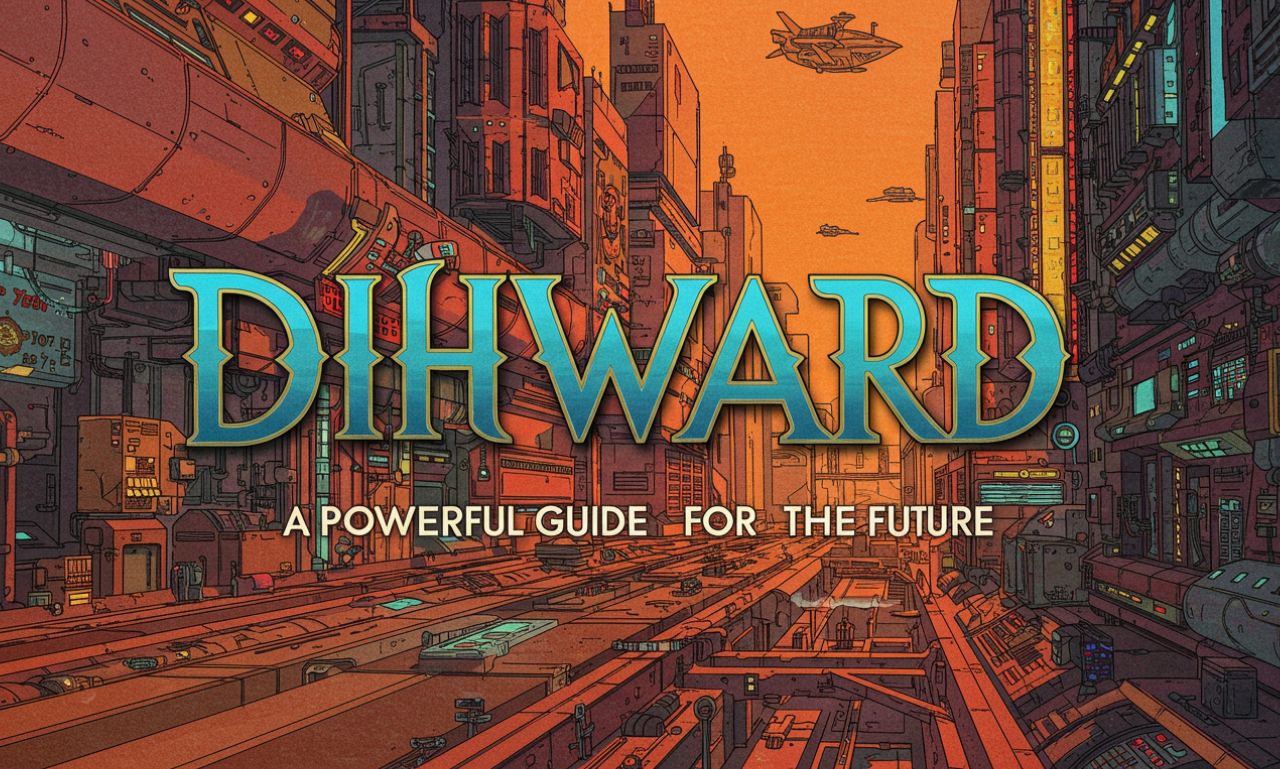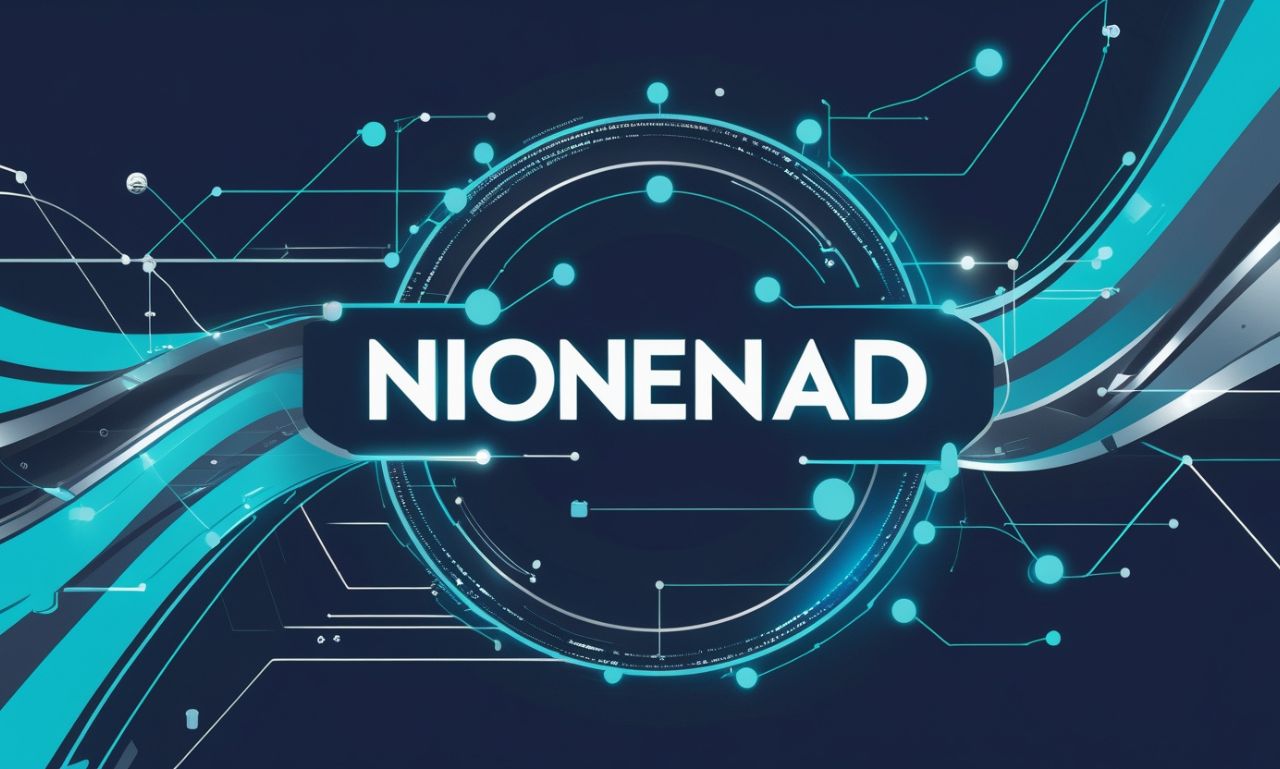The concept dihward is relatively new, and definitions vary, but at its core, it refers to a mindset or framework that combines adaptability, ethical grounding, and forward-looking identity. In a world of fast change—technological, social, environmental—dihward suggests a way to evolve without losing integrity or purpose.
Because the term has limited prior usage, it offers creative freedom: you get to define what stewardship means in your context. But at the same time, many interpretations converge on some common themes: balance, resilience, values, and digital presence.
Dihward matters today because old models of reacting or resisting change are increasingly inadequate. We need ways to adapt with meaning. In that regard, dihward is less of a fixed doctrine and more of a compass. It helps individuals, organizations, or communities decide how to move forward—not just that they must.
Origins and Etymology of Dihward
Since dihward does not appear in traditional dictionaries, its origin is speculative. Some believe it is a neologism crafted to combine meaningful roots:
-
“Dih-” (a non-standard prefix) conveys a sense of core, central grounding, or dialectical balance;
-
“-ward” is a familiar English suffix implying direction, guardianship, or movement (as in “forward,” “guard,” “steward”).
Together, the term suggests something like “guardian of the core as we move ahead,” or “directed integrity in motion.”
Because of its newness, different authors attach slightly different origin stories or interpretations. That lack of settled meaning is part of its appeal: you can interpret dihward in a way that fits your purpose.
The Core Philosophy Behind Dihward
To make stewardship more than just jargon, one must extract a few guiding philosophical pillars that tend to appear across usages:
-
Ethical anchoring: any change or adaptation should remain tied to non-negotiable values.
-
Structured flexibility: adapt, but within a framework; don’t swing wildly.
-
Proactive resilience: anticipate disruption rather than only reacting to it.
-
Responsibility and accountability: recognize that choices have consequences, especially under change.
-
Human-centered growth: ensure that human dignity, fairness, and agency remain central.
Thus, dihward is not mere flexibility or resilience alone (which sometimes lack value constraints). It is about evolving with purpose.
Dihward in Technology and Digital Identity
One domain where dihward features prominently is in the intersection of digital identity, ethical tech, and platform design.
In that sense:
-
The dihward platform might integrate biometric tools, blockchain or decentralized identity models, and user consent mechanisms to manage identity across services.
-
It may also aim to be a hub combining project tools, communication, data storage, and identity services all in one.
-
As digital systems proliferate, the dihward approach helps to balance innovation and privacy, use and control.
Thus in digital ecosystems, dihward becomes more than a slogan: it becomes an operational design principle.
Dihward in Business, Governance, and Leadership
Beyond tech, dihward has implications for how organizations and public systems evolve:
-
In business leadership, adopting a dihward mindset means scaling or innovating while preserving organizational mission, values, and ethics.
-
In public policy or governance, dihward suggests that policy changes should anticipate social impact, preserve justice, and not subordinate values to expediency.
-
In civil society or communities, dihward can guide how change is managed—particularly in development, urban planning, or social programs.
Thus, dihward offers a lens for making decisions in complex systems, where trade-offs are inevitable but must be navigated consciously.
Applications and Use Cases of Dihward
Because the concept is emergent, many uses are speculative or illustrative. But they help to ground understanding.
Use Case: Digital Identity Management
Imagine a service where you authenticate across apps and services via a dihward identity layer. You retain control of personal data, grant selective permissions, and audit access.
Use Case: All-in-One Productivity Platform
Some write about dihward as a unified app that merges communication, task management, scheduling, and file storage—streamlining the digital tools stack.
Use Case: Ethical Governance in Urban Planning
In city planning, dihward might be used to evaluate decisions: for instance, when constructing a new transit route, one might check not only cost and efficiency but social justice, displacement, long-term resilience, and sustainability—hallmarks of a stewardship approach.
Use Case: Personal Growth Philosophy
As a self-help or mindset tool, individuals may adopt dihward to remind themselves: change is inevitable, but I must not lose my core convictions.
Benefits of Embracing Stewardship
If you adopt a dihward orientation—whether personally, organizationally, or technically—you may see several advantages:
-
Greater coherence during change: As you adapt, your trajectory remains aligned with values.
-
Long-term trust and legitimacy: Stakeholders see that change is not arbitrary.
-
Resilience not just to survive but to thrive: Because adaptation is proactive, not reactive.
-
Innovation with responsibility: You can push boundaries while maintaining ethical guardrails.
-
Brand or conceptual distinction: Because dihward is unique and low competition, it gives identity and symbolic power.
Furthermore, in crowded digital or business spaces, being able to position your strategy as “dihward aligned” may distinguish you from others.
Challenges, Criticisms, and Risks of Dihward
No concept is perfect. Here are some criticisms or pitfalls of adopting stewardship:
-
Ambiguity and vagueness: Because its meaning is not settled, different people may use it inconsistently, diluting its power.
-
Overuse or commodification: If every brand claims to be “dih-ward,” the term may become buzzword fluff.
-
Implementation difficulty: It’s one thing to talk about values + adaptation, another to operationalize them under complexity and pressure.
-
Cost and overhead: Embedding ethical checks and accountability may slow action or increase resource demands.
-
Resistance to change: Especially in legacy institutions, calling for new frameworks like dihward may be met with skepticism.
Understanding these risks helps in applying stewardship wisely: not as a golden shield but as a guide.
How to Cultivate a stewardship Mindset
If you want to put dihward into practice, here are steps you can try:
-
Define your core nonnegotiables
Write down a small set (3–5) of values or principles that you will not compromise, regardless of circumstances. -
Map pressures and change drivers
Identify forces in your environment (tech change, market shifts, regulation, social demands) that may push you to compromise. -
Design guardrails and feedback loops
Create systems (metrics, audits, peer review) that check whether your actions remain aligned with core values. -
Simulate scenarios of stress or disruption
Run “what if” exercises to see where you might be tempted to deviate, and plan pre-commitments. -
Stay adaptive but anchored
Accept that you must change—yet always check whether the direction aligns with your values. -
Document and communicate your approach
In organizations or teams, make transparent how you are using the stewardship principle to guide decisions.
By doing so, you transform dihward from a concept into a working habit.
Dihward in the Future: Trends and Possibilities
Looking ahead, dihward may evolve in multiple directions:
-
It might be integrated into leadership curricula or organizational frameworks as a named approach.
-
AI ethics and algorithmic governance could adopt “stewardship metrics” to balance innovation vs fairness.
-
Standards or certifications might arise (e.g. “dihward compliant”) for tech platforms or companies.
-
As digital identity becomes more decentralized, dihward models may help define how identity, consent, and reputation are managed.
-
The concept may spread into culture, literature, and symbol systems: one might see “Dihward narratives” in storytelling.
If it becomes widely adopted, dihward might shift from niche philosophy to foundational principle in modern systems.
Dihward: A Balanced Synthesis
Dih-ward offers a lens for navigating change: it invites us to evolve without eroding essence. It is not rigid dogma, nor is it undisciplined adaptability. It’s a path between extremes—one that demands both vision and integrity.
Because it is emergent, its greatest strength may lie in its flexibility: you can shape it for your context. But that freedom also calls for care. To preserve dihward’s promise, you must act intentionally rather than simply label yourself with the term.
In the end, dihward encourages us to ask: when the winds of change blow, how will I not only survive but stay true? That question, above all, is the heart of stewardship.
Frequently Asked Questions about Dihward
What exactly does dihward mean?
Dih-ward refers to a concept or framework combining adaptability with ethical anchoring—a guide for evolving without losing core values.
Is dihward just a buzzword?
It can become one if misused. But when applied with rigor, dih-ward is more than slogan—it is a method to steer growth consciously.
How is stewardship different from resilience or flexibility?
Resilience is about bouncing back. Flexibility is about being pliable. blends both with a moral anchor, so adaptation is conscious, not aimless.
Can any organization adopt dihward?
Yes, though it takes effort. Organizations will need mechanisms—governance, feedback, accountability—to operationalize the concept.
How do I use dihward personally?
Start by clarifying your principles, anticipate life pressures, build systems (journals, reflection, peer checks) to help you stay aligned during change.
Will the meaning of dih-ward change over time?
Almost certainly. Because it’s a new term, its use may expand, be reshaped by culture, technology, or new challenges. That evolution is part of its nature.
Conclusion
Dih-ward is more than just a new term; it is a mindset for navigating an unpredictable world with integrity, adaptability, and purpose. While its definitions are still forming, its essence lies in balancing change with values—reminding us that growth without grounding can lead to loss of identity, and rigidity without adaptability can lead to failure.











